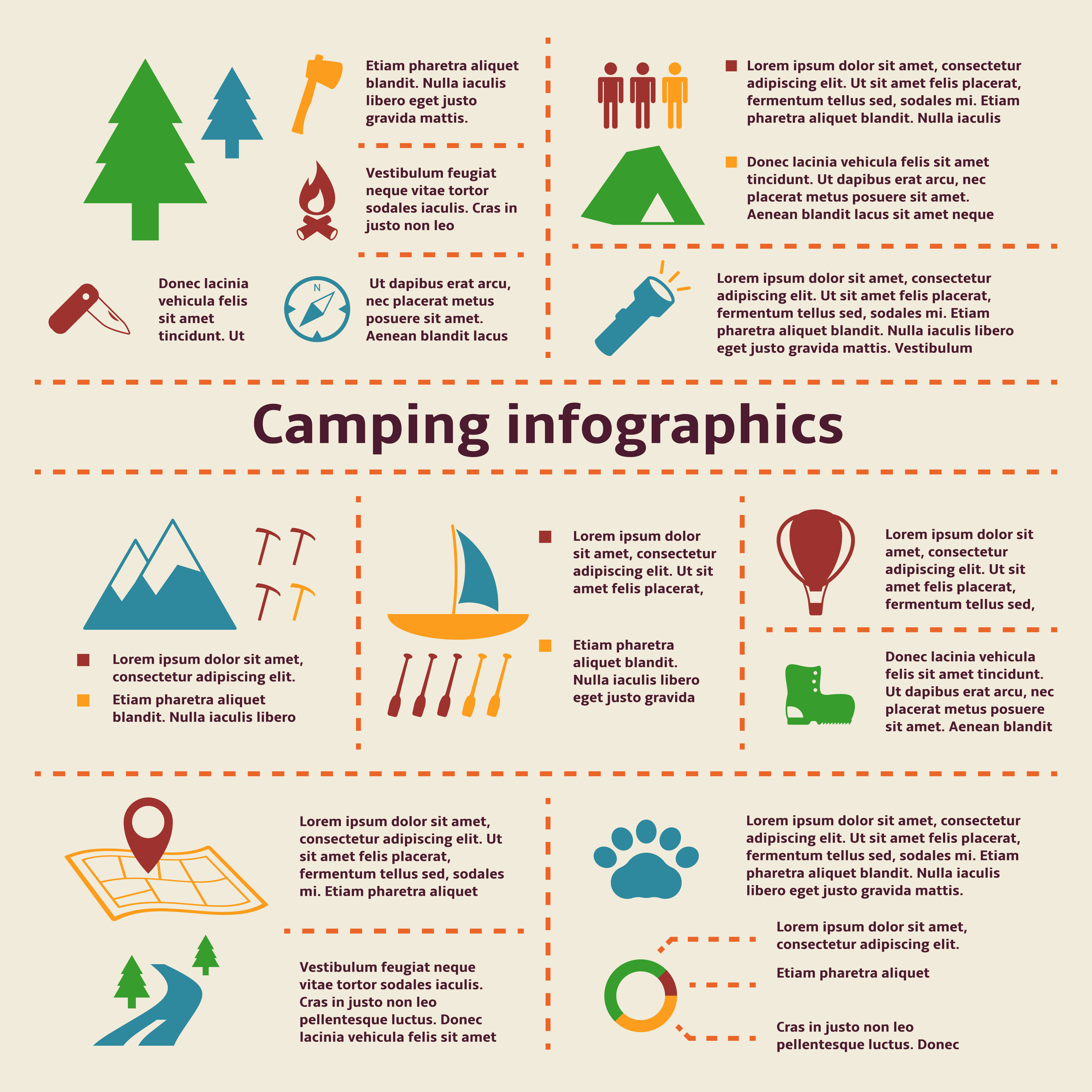Making Use Of E Commerce By Selling Camping Tents
Making Use Of E Commerce By Selling Camping Tents
Blog Article
Does Your Backpacking Outdoor Tents Required a Footprint?
If you camp consistently in locations with rocks or sharp downed branches or merely dislike packing away a damp, sloppy tent, then a footprint is certainly worth thinking about. Impacts are also relatively affordable compared to a brand-new tent.
Can I put my tent in the washing machine?
Numerous tent suppliers supply their own specific impacts, which are cut to the specific size of the tent flooring. However, you can make one yourself with a light-weight material like polycryo or tyvek.
Weather Conditions
Whether or not you need a footprint really relies on the problems you'll be camping in. If you're backpacking in an area where the ground is usually wet (it's pretty much inescapable), an outdoor tents impact can be a valuable enhancement to your package, as it will certainly prevent your tent flooring from ending up being soggy.
However, if the impact is also large it can function as a wetness trap and potentially allow water to pool under your tent. This can be avoided by ensuring the footprint is reduced a little smaller than your outdoor tents on all sides.
Usually talking, it's best to get an impact from the exact same maker as your camping tent to make sure an exact fit. They also often tend to be made from thicker, much more durable products than DIY alternatives. They can be costly for something whose sole objective is to safeguard the ground below your camping tent, but it can be a rewarding investment if you care about the durability of your gear.
Terrain
Several top quality camping tents can work well without a footprint, especially those that have bathtub floorings made from long lasting materials. However, the surface you trek on can have a considerable impact on how promptly your outdoor tents floor wears out. Granite pieces, sandstone and various other tough surfaces put on with the bottom of your tent faster than grassy fields or forest floors.
A footprint or ground cloth assists extend the life of your tent by serving as an obstacle between the ground and the sewn-in groundsheet of your outdoor tents, states REI senior sales specialist Elizabeth Nguyen. It additionally secures the tent from unpleasant components like sharp twigs and jagged rocks that can pierce or tear the sewn-in floor. When picking an impact for your tent, it's important to guarantee it's slightly smaller than the camping tent on all sides. This stops water from merging between the tent and footprint throughout a rainstorm, which can permeate right into your tent. The very best choice for an impact is to acquire one made for your specific camping tent, which will certainly assure a tight fit.
Tents with Lower Deniers and Waterproof Scores
Whether you're a laid-back backpacker or a hardcore traveler, the longevity level of your tent is an essential consideration. camping tents with beds Camping tents developed to be ultralight, verging on minimal, commonly compromise some level of durability in the fabric and materials used.
One fabric spec you'll encounter is denier, which refers to the weight in grams of a 9,000-meter length of yarn that makes up the camping tent's canopy, rainfly, and/or floor. A higher denier spec represents much more rugged fabrics, while lower numbers indicate lighter and less durable fabrics.
Other specifications to consider consist of flooring measurements, vestibule dimension, and indoor pockets. The former reflects the overall square-footage that can be used for livable space, while the latter can contribute in storage space by giving an area to stow away gear overnight and in bad weather. Ventilation is also a crucial variable; as you breathe out dampness throughout sleep, it needs to escape, or condensation might accumulate within. Functions such as mesh windows and panels and adjustable rainfly doors aid boost ventilation and avoid this from happening.
The Cost
The price of an outdoor tents can affect its performance, and it is also important to take into consideration just how much you can pay for to spend. Backpackers seeking a light-weight shelter ought to go for an outdoor tents with a livability score of at least two celebrities, and ideally, three or even more.
Livability describes exactly how roomy a tent really feels, with clearance and floor measurements playing a large function. Historically, backpacking camping tents used outstanding sloped wall surfaces and very little space to conserve weight, yet contemporary materials permit designers to provide even more comfort while keeping weight reduced.
Storage is another variable to think about, with vestibules and a quick-pitching design helping in reducing configuration time. Additionally, the sort of fabric coating and exactly how the tent is saved can impact longevity. As an example, a PU finishing that breaks down more quickly when damp, or is subject to duplicated cycles of stowing and un-stowing, can dramatically shorten the lifespan of a camping tent. Similarly, making use of a customized impact instead of packing a camping tent in a careless way will likewise extend its life expectancy.
Where can I go camping in September?
